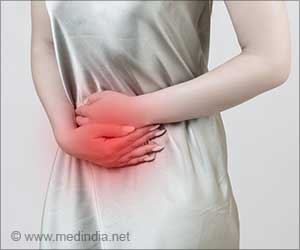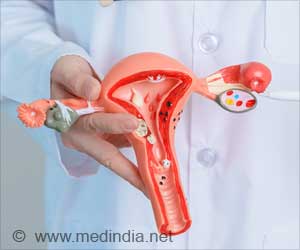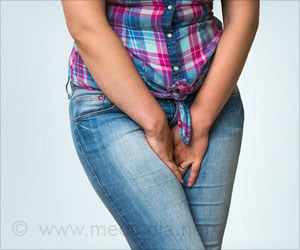
‘Women in the early menopause transition and those women with recent stressful life events showed the greatest mood benefit from the hormone therapy.’
Tweet it Now
Who and When: 172 women without depression between the ages of 45 and 60 who were in perimenopause (the transition to menopause) or early postmenopause from 2010 to 2016What (Study Interventions): Skin patches with either estradiol (a form of the hormone estrogen) or placebo for 12 months; oral progesterone given every three months to women with the estrogen hormone patch or identical placebo pills given to women using the placebo patch.
How (Study Design): This is a randomized clinical trial (RCT), which allows for the strongest inferences to be made about the true effect of an intervention. However, not all RCT results can be replicated in real-world settings because patient characteristics or other variables may differ from those that were studied in the RCT.
Authors: Susan S. Girdler, Ph.D., and David R. Rubinow, M.D., of the University of North Carolina at Chapel Hill, and coauthors.
Results: Fewer women using the estrogen patch plus taking progesterone developed depressive symptoms than those receiving placebos. Those women in the early menopause transition and those women with recent stressful life events showed the greatest mood benefit.
Advertisement
Study Conclusions: If these study findings are confirmed in future research, clinicians may consider prescribing hormone therapy to mitigate the increased risk of depressive symptoms in women in the menopause transition and early postmenopause.
Advertisement
Source-Eurekalert















